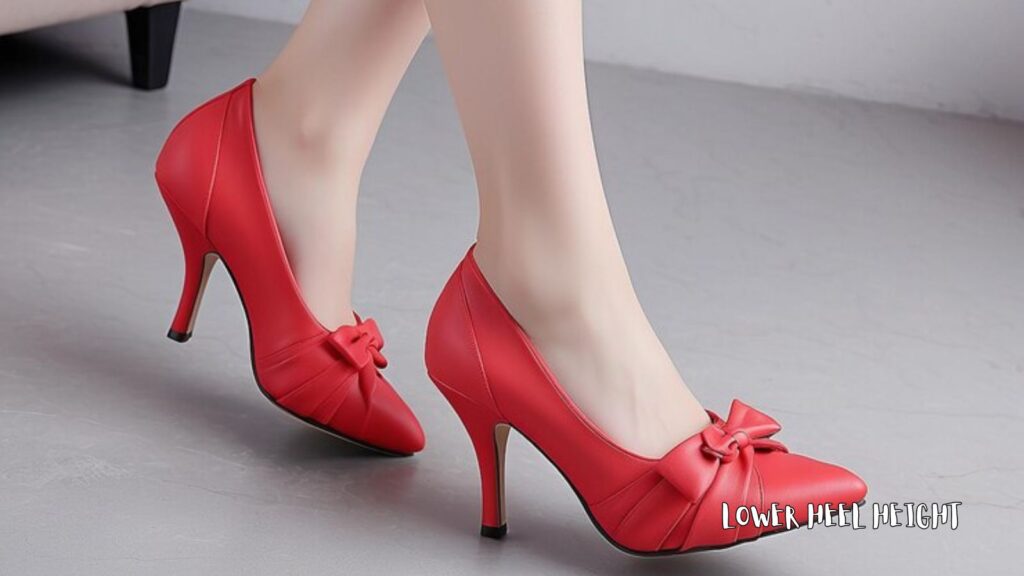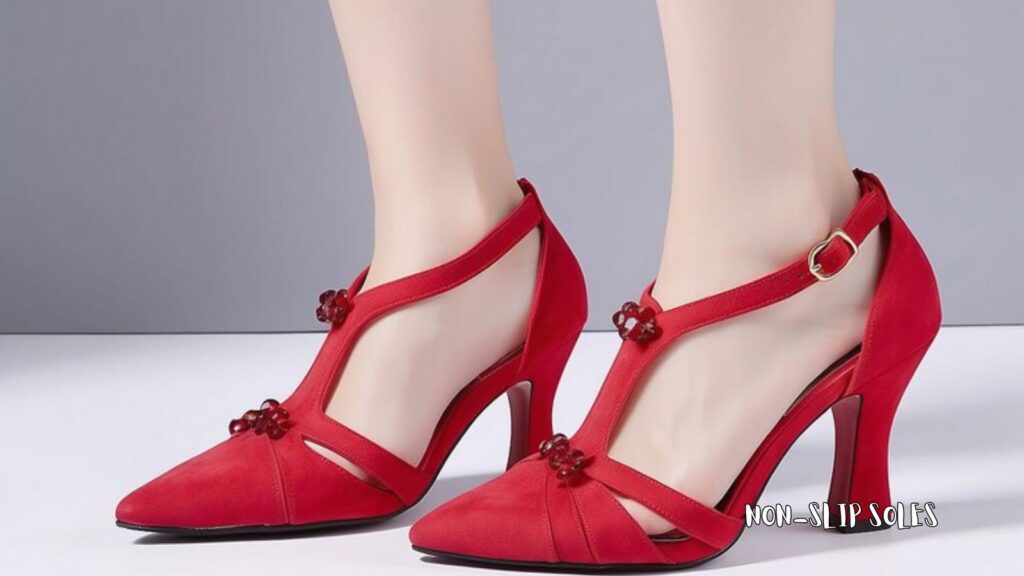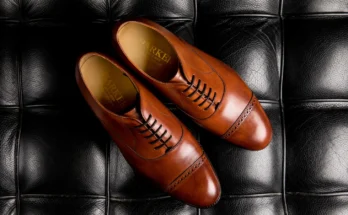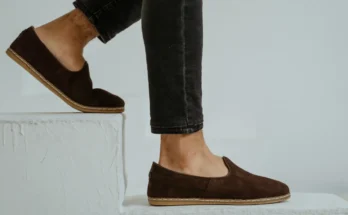High heels are a staple in women’s wardrobes, elevating height, style, and confidence in any outfit. Despite their attraction, discomfort, and instability can be challenging for extended wear. Fear not! Here are a few tips for making heels more stable at home.
If you want to make high heels more stable and comfortable, silicone or gel inserts are an easy solution. Select lower heel heights when possible and try adding cushioned insoles for extra support. Make sure your shoes fit properly to avoid discomfort and take breaks to rest your feet during extended wear. Lastly, consider wearing thicker heels for better stability and comfort.
12 Ways How To Make High Heels Comfortable
Stepping into the world of high heels doesn’t have to mean sacrificing comfort for style. By incorporating a few simple strategies, you can transform your high-heeled experience into a stable and less uncomfortable one. From selecting the comfortable heel type to incorporating supportive features, these twelve tips offer comfort while strutting in style. Even if you’re a new high-heel enthusiast to elevated footwear, these suggestions will help you easily step into each stride.
Chunky Heel
Pick shoes with chunky heels that provide more stability than thin ones. Chunky heels have a broader base, which helps distribute your weight more evenly, reducing the strain on your feet and making it easier to maintain balance. This choice adds a trendy look and contributes to a more comfortable and secure feeling while walking in high heels.

Platform Soles
Platform soles are a great addition to high heels for added comfort. They create a buffer between your foot and the ground, absorbing some of the impact and reducing the pressure on your feet. Platforms also contribute to better stability, allowing you to wear higher heels without sacrificing comfort. Look for shoes with a solid platform under the ball of your foot for maximum support.

Lower Heel Height
Adopting lower heel heights can significantly enhance comfort. Lower heels put less strain on your feet and provide a more natural posture, reducing the risk of discomfort and pain. A modest heel height can be just as stylish while ensuring you can walk confidently and comfortably for extended periods.

Ankle Straps
Shoes with ankle straps offer additional support and stability. Ankle straps help secure your foot in the shoe, preventing it from sliding forward and reducing the chances of blisters or discomfort. They also contribute to a snug fit, allowing you to walk more confidently, especially in higher heels.

Quality Construction
Paying for the best shoes is key to both stability and comfort. Quality materials and craftsmanship ensure that the boots properly support your feet. Look for shoes with reinforced soles, sturdy stitching, and durable materials to guarantee a comfortable and stable wearing experience.
Non-Slip Soles
Shoes with non-slip soles are essential for maintaining stability, especially in high heels. The added traction prevents slipping on various surfaces, providing a safer and more secure walking experience. Check for shoes with rubber or textured soles to enhance grip and reduce the risk of accidents.

Gel Inserts or Cushioned Insoles
Increase the comfort of your high heels by adding gel inserts or cushioned insoles. These inserts provide extra padding, absorbing shocks and reducing the pressure on the balls of your feet. They are easily insertable and can significantly affect the comfort of high heels, especially during extended wear.
Get Proper Size
Ensuring your high heels are the right size is crucial for comfort and stability. Shoes that are too tight can cause discomfort, while shoes that are too loose may lead to instability. Always choose the size that allows your feet to move comfortably without pinching or sliding.
Build Your Walking Technique
Practice walking in your high heels to build confidence and improve stability. Start by wearing them around the house for short periods before venturing outside. It allows your feet to get accustomed to the height and helps you develop a more natural and comfortable walking style in high heels.
Posture & Balance Exercises
Strengthen your core and improve your balance with posture and balance exercises. These exercises can help you maintain a more upright posture while walking or dancing in high heels, reducing strain on your back and legs. Strengthening your core muscles will also contribute to better overall stability.
Heel Grips or Inserts
Use heel grips or inserts to prevent your feet from slipping forward in your shoes. These small additions provide extra friction, keeping your feet securely in place and minimizing discomfort. They are handy for open-toe or peep-toe high heels.
Avoid Thin Soles
Lastly, Thin soles offer minimal support and can make high heels less stable. Go for shoes with thicker soles, as they provide better shock absorption and insulation from the impact of walking. Thicker soles also contribute to a more comfortable and secure feel, allowing you to navigate various surfaces easily.
How can I make my high heels more stable?
To make your high heels more stable, try adding non-slip sole pads or heel grips. These can provide extra traction and prevent slipping.
How do you make high heels less uncomfortable?
To make high heels less uncomfortable, consider using gel inserts or cushions to provide extra support and cushioning for your feet.
How do you stabilize wobbly heels?
To stabilize wobbly heels, you can try tightening the screws or replacing the heel caps if they’re worn out. You can also use adhesive strips or silicone pads inside the shoes to add stability.
How do I keep my high heels from slipping up and down?
To prevent high heels from slipping up and down, try using heel liners or inserts to provide a better grip and reduce friction between your foot and the shoe. Additionally, choosing shoes with adjustable straps or laces can help secure them better to your feet.




